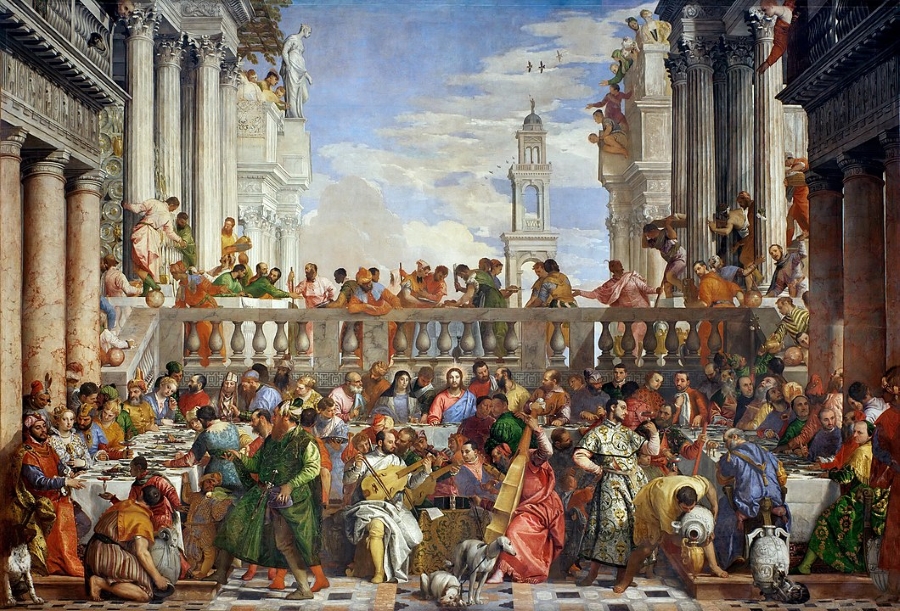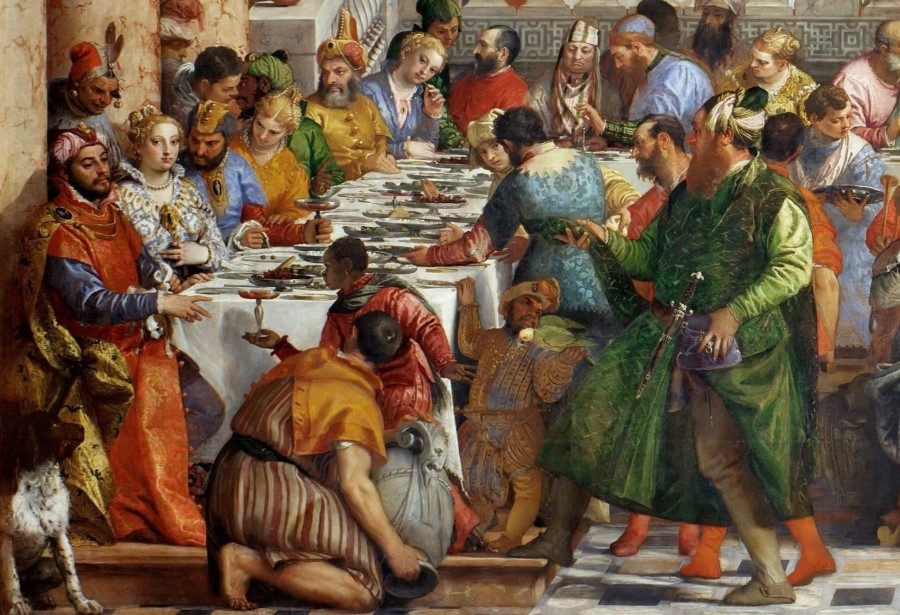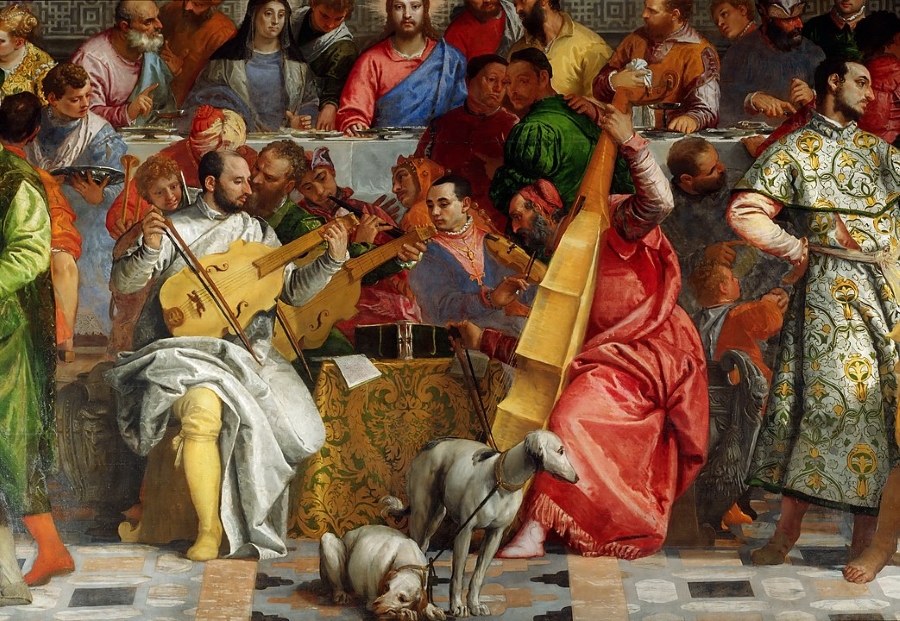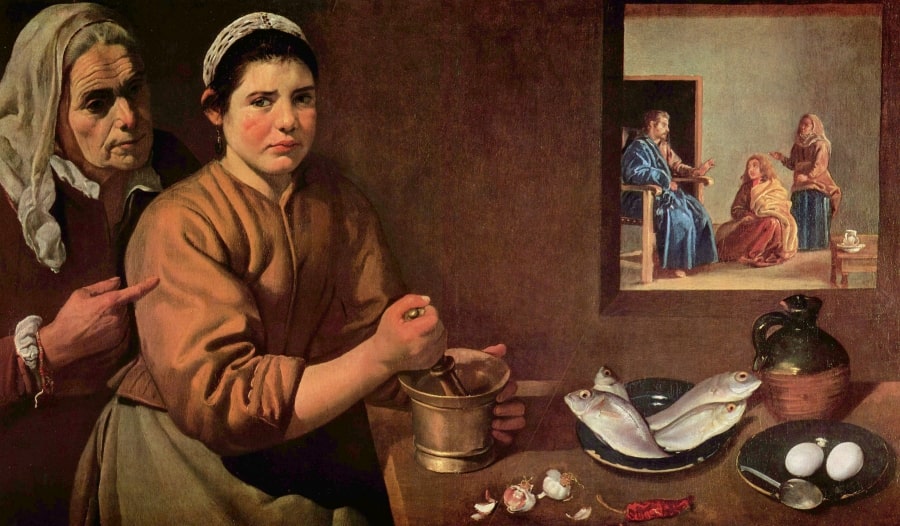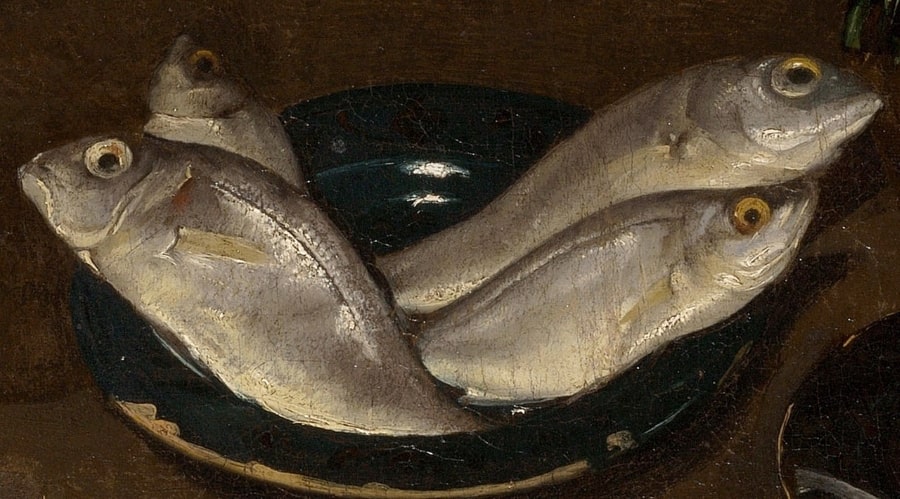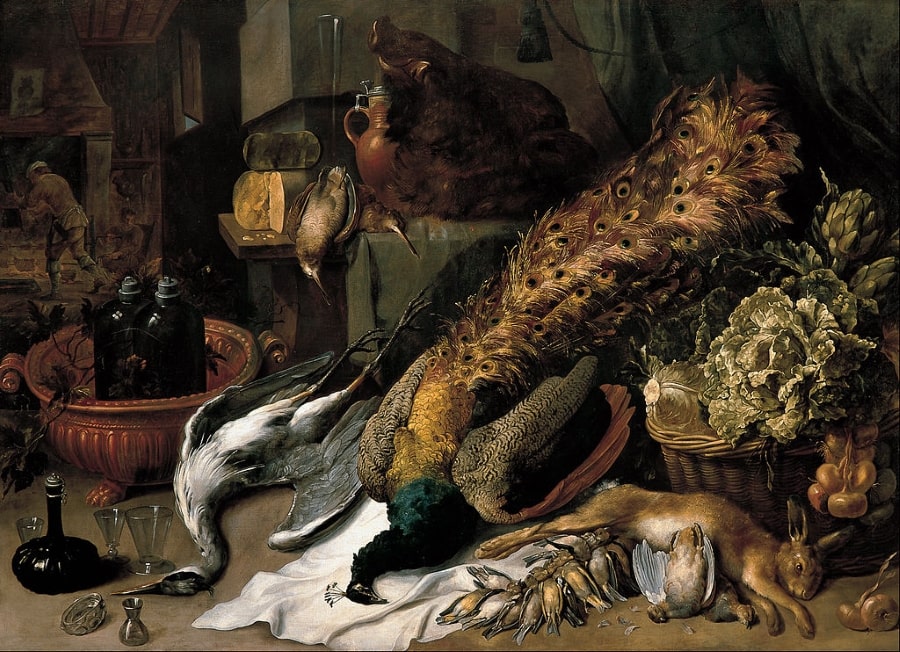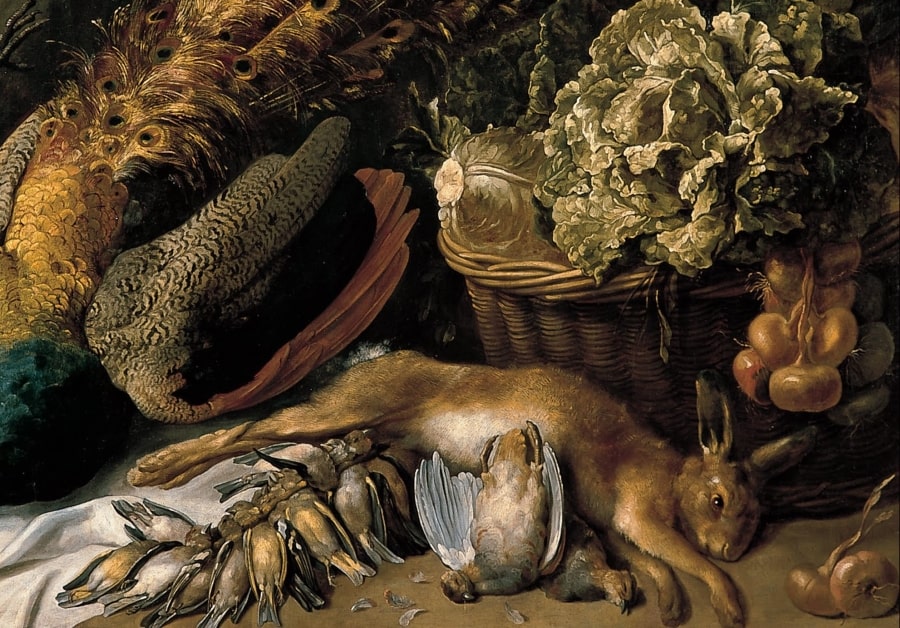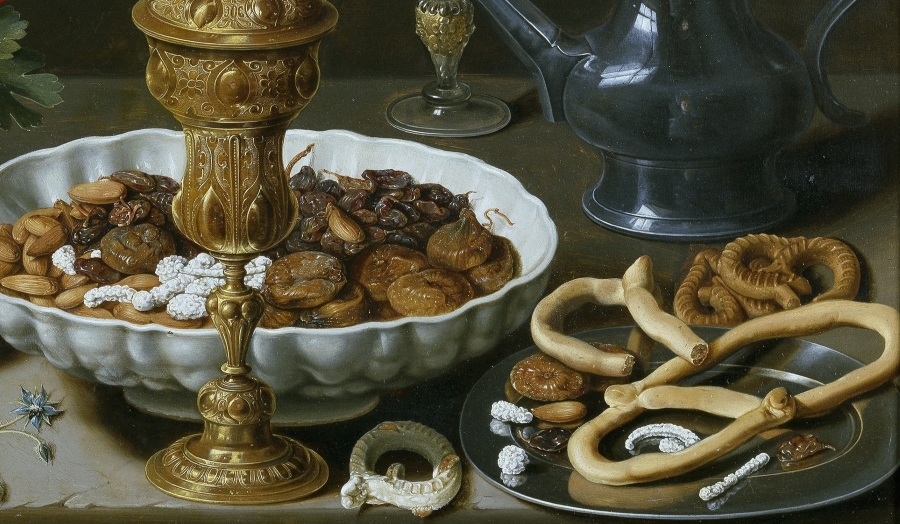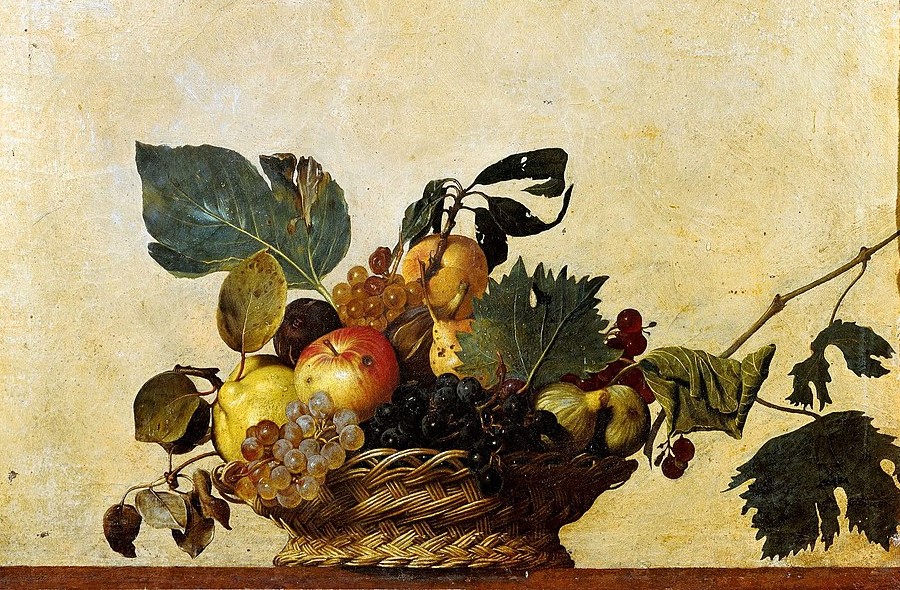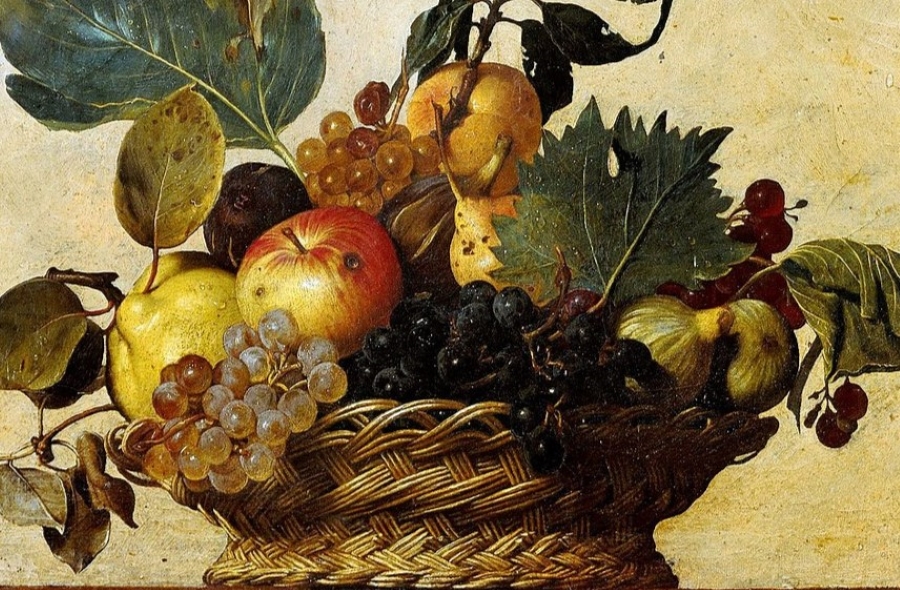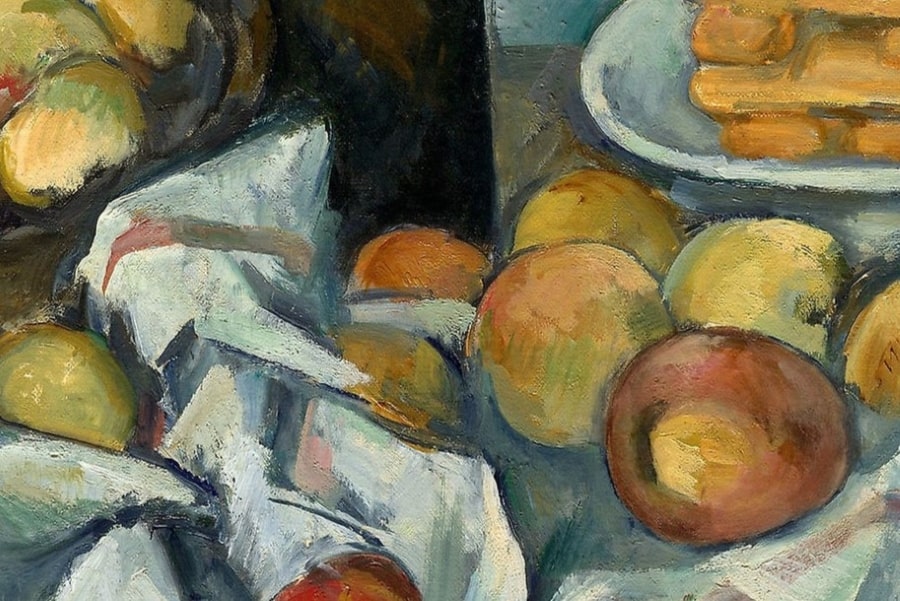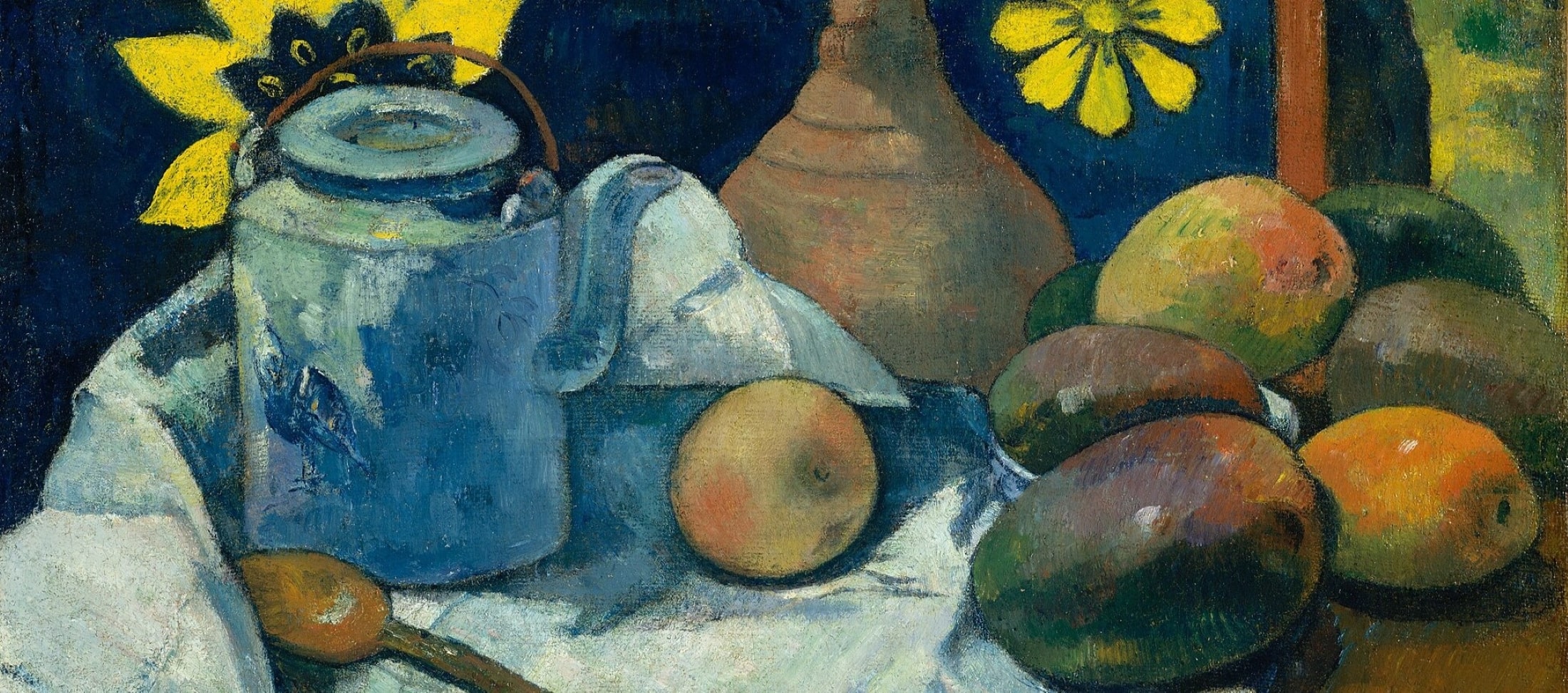
The greatest masterpieces depicting food
Food has always played a significant role in our cultures. From ancient traditions to Dutch still lifes and contemporary paintings, food has had an enduring relationship with art and every age brought new meanings to the images of food. Here are 10 masterpieces where food is the main hero.
1. ‘The Wedding Feast at Cana’ by Paolo Veronese
The Wedding at Cana, Paolo Veronese, c. 1562-3
In 16th century Italy and earlier in Europe, depiction of food or repasts only existed as a part of the bigger scenes but never as a plot itself. Lavish feasts with delicious food and music were typical for 16th-century Venetian society where the richness of treats and the entertainments showed the wealth and aristocracy of its participants.
There are several popular scenes depicting banquets, one of which is shown in ‘The Wedding Feast at Cana’ (c. 1562-3) by Italian artist Paolo Veronese (1528-1588). This painting is considered as the biggest painting in the Louvre Museum where it is exhibited. It was initially the monastery on the island of San Giorgio Maggiore in Venice, but later the painting was confiscated by Napoleon's troops in 1798. After the Fall of the Empire it had to be returned back to Italy, however such a journey could damage this giant painting and it was decided to keep ‘Wedding’ in Paris.
In such a contemporary festive atmosphere, Veronese depicted one of the most popular bible stories with food which is the water-into-wine miracle of Jesus. According to the bible, when Christ and his disciples were at the wedding in Cana, the wine ran over, and from Mary’s request, Jesus turned water into wine. In this painting, Veronese depicted the outcome of the miracle showing the wine in everybody’s glasses and vases.
2. ‘Christ in the House of Martha and Mary’ by Diego Velázquez
Christ in the House of Mary and Martha, Diego Velázquez, c. 1618
In the first half of the 17th century in Spanish art, there were popular genre paintings called bodegóns which are still lifes depicting pantry items, and drinks, often with one or more figures. These paintings were mostly concentrating on everyday objects, breakfasts, and meals and were the first still lifes not yet fully separated from the genre paintings.
Spanish baroque painter Diego Velázquez (1599-1660) made ‘Kitchen Scene with Christ in the House of Martha and Mary’ (c. 1618, The National Gallery in London) not just as a bodegón, but as a picture-within-picture. In the foreground, the artist depicted a young woman preparing a meal. On the table, there are some eggs, garlic, and also fish which is a connecting thread between the scene of preparing a meal and the scene depicted in the reflection of the mirror on the right. Fish is traditionally a symbol of Christ whose reflection we can see in this mirror.
3. ‘Still Life with a Wine Cooler’ by Frans Snyders
Still Life with a Wine Cooler, Frans Snyders, c. 1610-1620
Still lifes existed in many religious, mythological, or historical paintings but rarely as a separate genre. Only in the 17th century Netherlands it finally became a popular genre consisting of different types such as still lifes with flowers, food, game, or other objects such as books, science equipment, or musical instruments.
Flemish artist Frans Snyders (1579-1657) is known for his various baroque still lifes and animalistic paintings. Same subject is depicted in ‘Still Life with a Wine Cooler’ (1610-20, Fundación Banco Santander Collection). He often depicted a game before it was cooked into a meal making it look more like a trophy than a meal. Such paintings were showing the richness of their owners.
4. ‘Still Life with Flowers, a Silver-gilt Goblet, Dried Fruit, Sweetmeats, Bread sticks, Wine and a Pewter Pitcher’ by Clara Peeters
Table, Clara Peeters, c. 1611
Flemish painter Clara Peeters (ca. 1588/90-post. 1621) is the best-known professional female painter of Dutch Golden Age painting. She is known for her still life paintings with food depicting mostly ontbijtjes known as ‘breakfast pieces’ and benketjes known as ‘banquet pieces’. ‘Still Life with Flowers, a Silver-gilt Goblet, Dried Fruit, Sweetmeats, Bread sticks, Wine and a Pewter Pitcher’ (1611, Museo del Prado) is one of the great examples of ‘banquet pieces’ in her art.
Peeters is also thought to be the earliest painter of Flemish still life. Nevertheless, for a long time, she was a forgotten artist, and her paintings were wrongly attributed to other male Dutch painters such as Osias Beert (ca. 1580-1623).
5. ‘Basket of Fruit’ by Caravaggio
Basket of Fruit, Caravaggio, c. 1597-1600
For some painters still life was a great source of inspiration for depicting religious meanings. ‘Basket of Fruit’ (c. 1597-1600, The Pinacoteca Ambrosiana) is one of the few still life paintings of Italian painter Caravaggio (1571-1610). One of the first owners of this still life was Cardinal Federico Borromeo (1564-1631) who admired paintings with landscapes, flowers, or fruits as the main subjects.
But as long as the customer is a religious figure, the painting, even if it is just a still life, should be dedicated to a religious theme. That is why Caravaggio made a still life that links to the Book of Amos in which the people of Israel are compared to the basket of fresh fruits. The presence of fresh and wormy fruits can also be a link to the Church which contains sinners as well as righteous ones.
6. ‘The Prayer before Meal’ by Jean Siméon Chardin
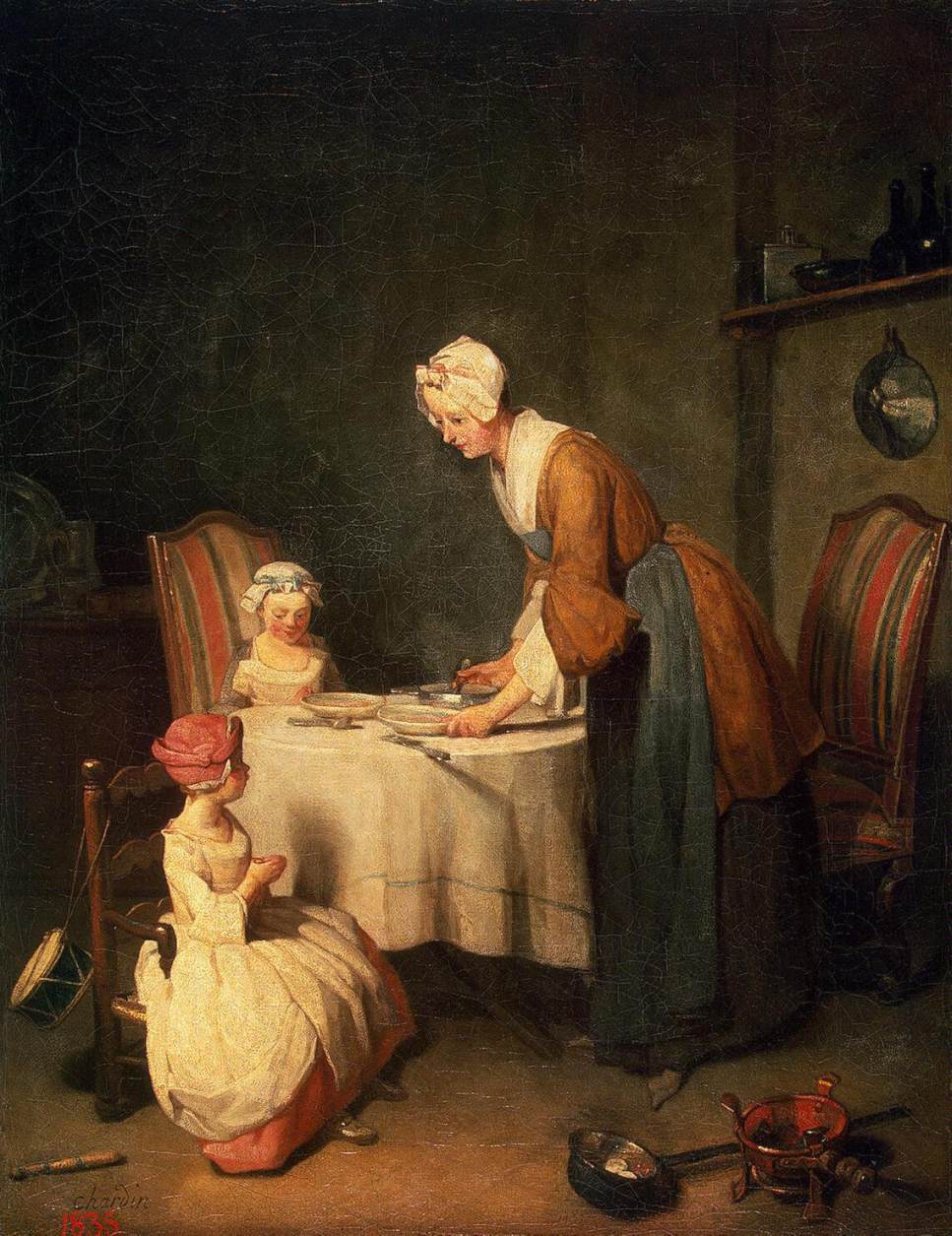 The Prayer before Meal, Jean Siméon Chardin, c. 1744
The Prayer before Meal, Jean Siméon Chardin, c. 1744In the 18th century still lifes mostly were not depicting any religious or other hidden meanings such as showing the richness of their owners. French painter Jean Siméon Chardin (1699-1779) is mostly known for his still lifes and genre paintings with cozy domestic activities. Chardin’s still lifes were just depictions of beautiful compositions with food while his genre paintings were more meaningful showing the life of his contemporaries.
Sentimentalist “The Prayer Before Meal’ (ca. 1740, Louvre Museum) is one of several Chardin’s paintings on this theme depicting a middle-class family praying before the meal. Here food is not the main hero of the painting yet it is the reason for the whole scene. The domestic and peaceful atmosphere of this scene is mostly provided by the calm colors and poses of the heroes living in a modest room.
7. ‘A Bunch of Asparagus’ by Edouard Manet
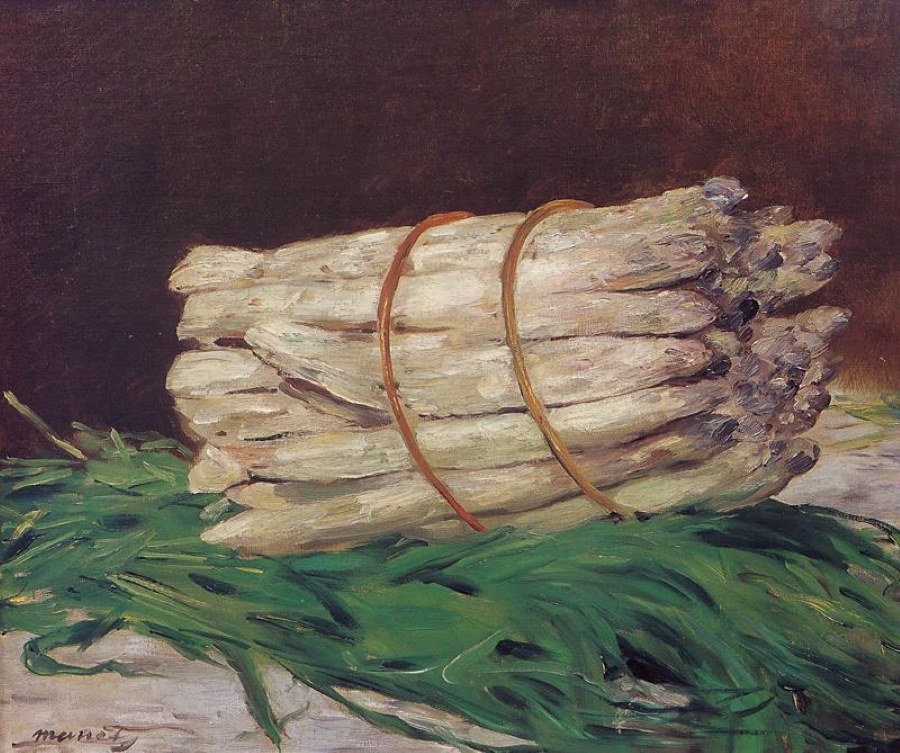 Bunch of Asparagus, Edouard Manet, c. 1880
Bunch of Asparagus, Edouard Manet, c. 1880Still life was not the main genre for the impressionist and modernist artists, but many of them saw this genre in their own ways. It was like a place for the experiments for them. French artist Edouard Manet (1832-1883), for example, tried to depict the objects most accurately, showing the individual character of any of the objects.
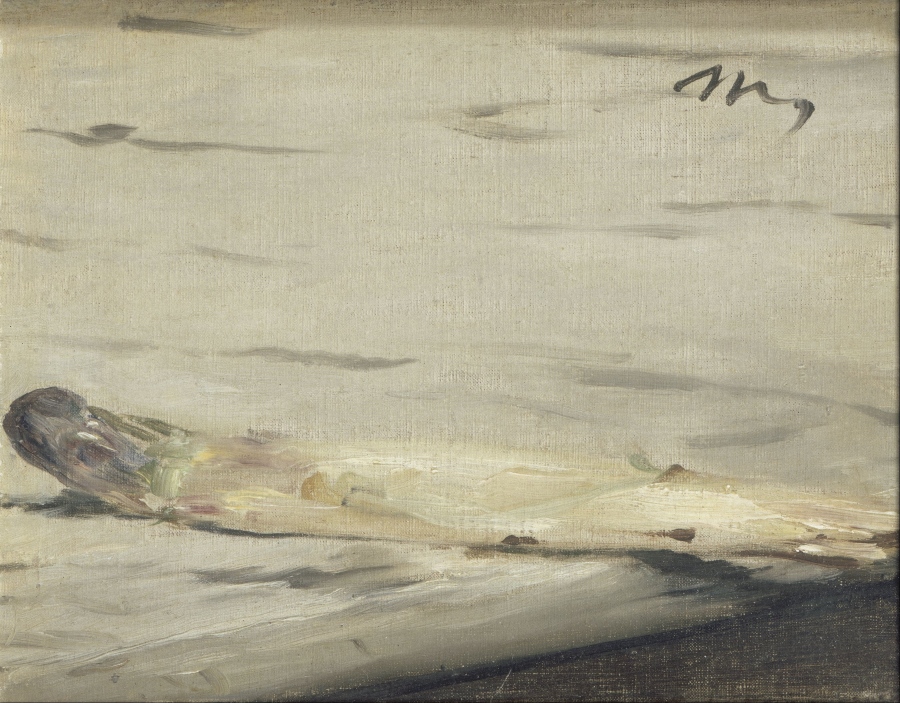 Asparagus, Edouard Manet, c. 1880
Asparagus, Edouard Manet, c. 1880‘The Bundle of Asparagus’ or ‘A Bunch of Asparagus’ (1880, Wallraf–Richartz Museum) was made for collector and art historian Charles Ephrussi (1849-1905). It was initially commissioned for 800 francs, but after receiving the work Ephrussi gave Manet 1000 franks instead. Not satisfied with the reward, Manet made a smaller second work called ‘Asparagus’ (1880, Musée d'Orsay) with only one sprig of asparagus on it and sent it to Ephrussi with the note reading, ‘There was one [sprig] missing in your bundle’.
8. ‘The Basket of Apples’ by Paul Cézanne
The Basket of Apples, Paul Cézanne, c. 1893
For French artist Paul Cézanne (1839-1906) still life was always a very interesting genre to depict and a great field for experiments. ‘I want to astonish Paris with an apple’ once said Cézanne and proved his words with his various still lifes.
‘The Basket of Apples’ (c.1893, Art Institute of Chicago) is noticeable not only for its vivid colors and perfectly balanced composition but also for Cézanne’s method of employing multiple perspectives. He challenged the idea of the linear perspective being sure that the human perspective is much more complex. Here the artist didn’t try to depict things realistically but decided instead to try depicting objects from different angles at the same time.
9. ‘Campbell’s Soup Cans' by Andy Warhol
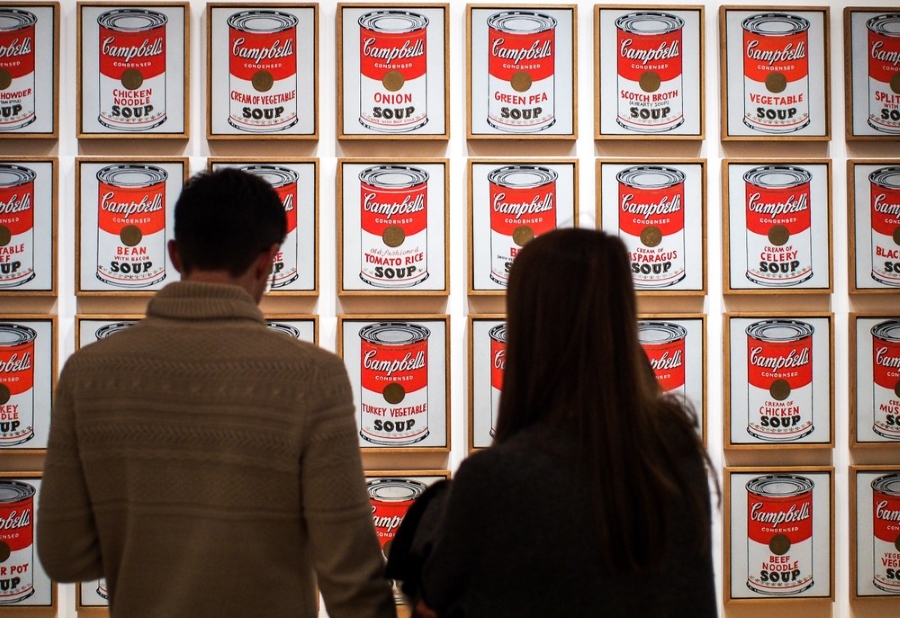 Campbell’s Soup Cans, Andy Warhol, c. 1962 © Shuttertock
Campbell’s Soup Cans, Andy Warhol, c. 1962 © Shuttertock‘Campbell’s Soup Cans’ (1962, Museum of Modern Art in New York) is probably one of the most famous works of the American artist Andy Warhol (1928-1987). It consists of 32 paintings every of which depicts one of the kinds of soups by the Campbell company. These works were first presented in 1962 on the exhibition in the Ferus Gallery, Los Angeles, which was a turning event in Warhol’s career. This exhibition showing just 32 cans of soup was controversial and got various reviews. Only one work was sold after the exhibition and 4 were reserved. But in the end, turning a commercial product into a piece of art made Warhol the star he became.
10. ‘The Fruit Basket’ by Giuseppe Arcimboldo
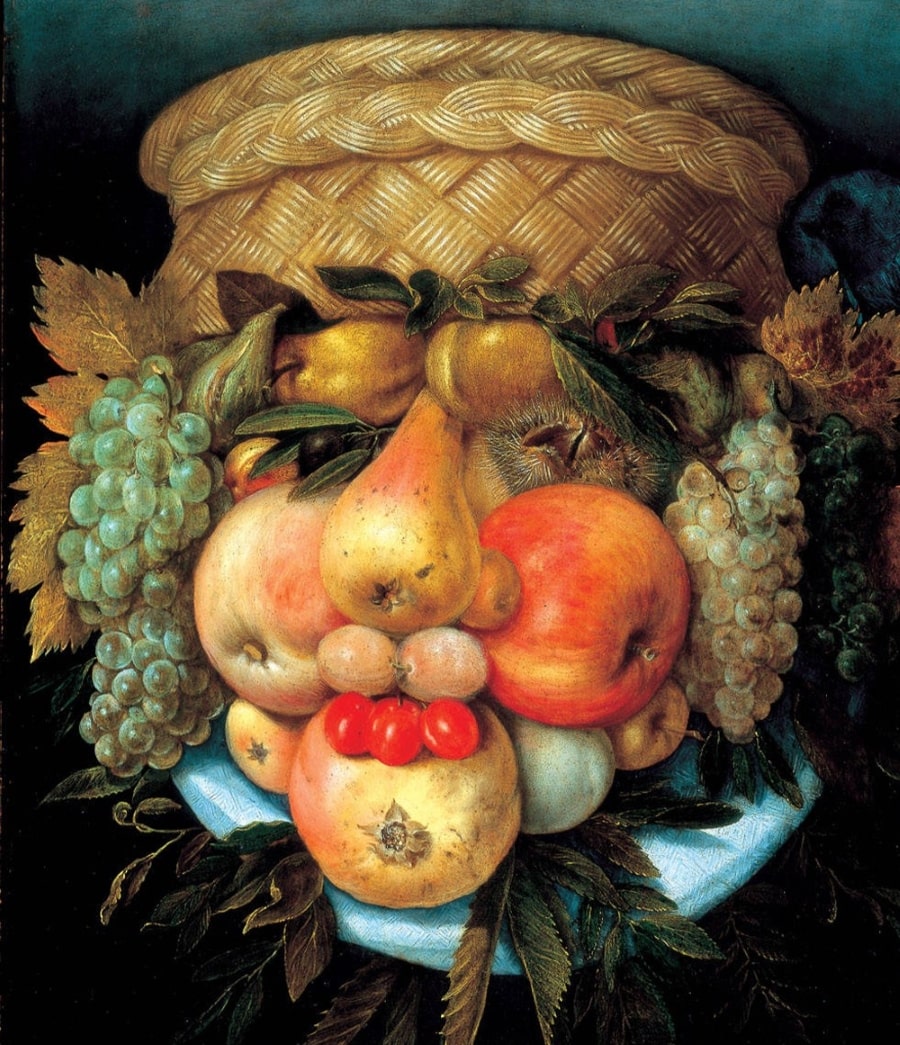 The Fruit Basket, Giuseppe Arcimboldo, 16th century
The Fruit Basket, Giuseppe Arcimboldo, 16th centuryHowever not only modernist artists experimented with still lifes. One of the most curious artists who depicted food in their works was probably Italian artist Giuseppe Arcimboldo (1526/27-1593). He is known for making bizarre portraits where the faces consisted of various objects such as food, game, or other things. Many researchers refer him to the mannerist artists while he could also be called one of the earliest surrealists. Arcimboldo’s ‘The Fruit Basket’ (c.1590, French & Company Collection) is also interesting because of the visual illusion. From one side this painting looks like a basket of fruits, but if one turns it upside down, it looks like a human portrait.
Idleness and hedonism, displaying of wealth, the coziness of a home, searches for new styles, and curious illusions – all these were expressed through the still lifes. It is not one of the most ancient genres of paintings though one of the most popular even now with all its various forms.
As an Art de Vivre subscriber, don’t miss out on other inspiring content such our deep-dive into the world’s most expensive paintings.
Credits for the Main photo: Still Life with Teapot and Fruit, Paul Gauguin, c. 1896 © The Walter H. and Leonore Annenberg Collection, Gift of Walter H. and Leonore Annenberg, 1997, Bequest of Walter H. Annenberg, 2002
Photo Credits: © WIkipedia Commons

